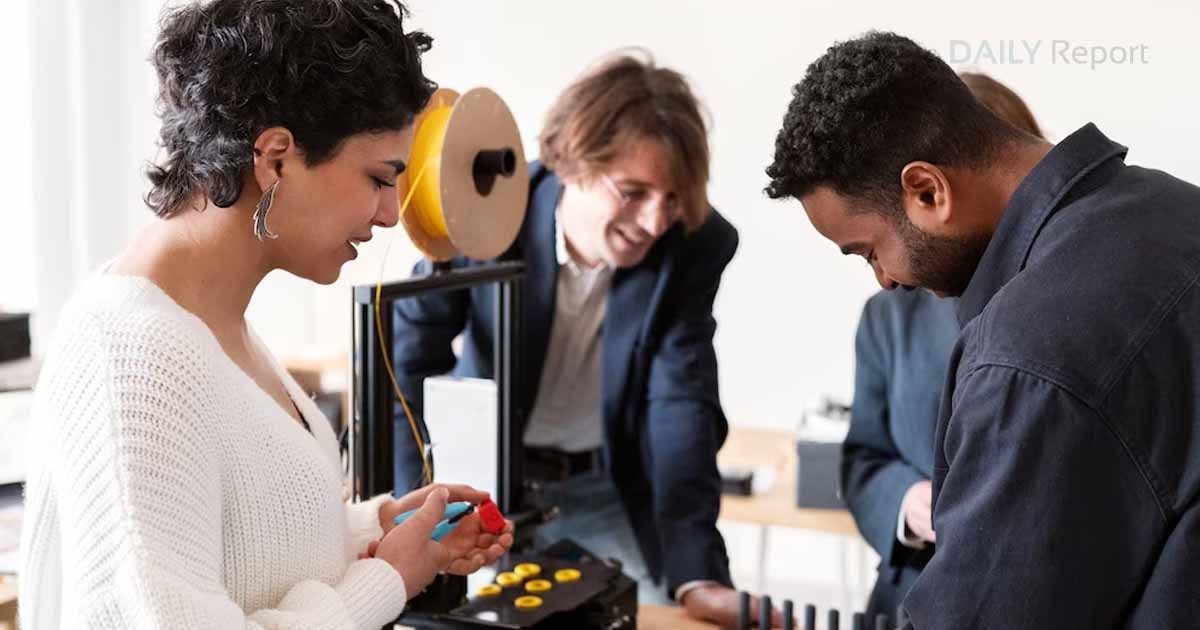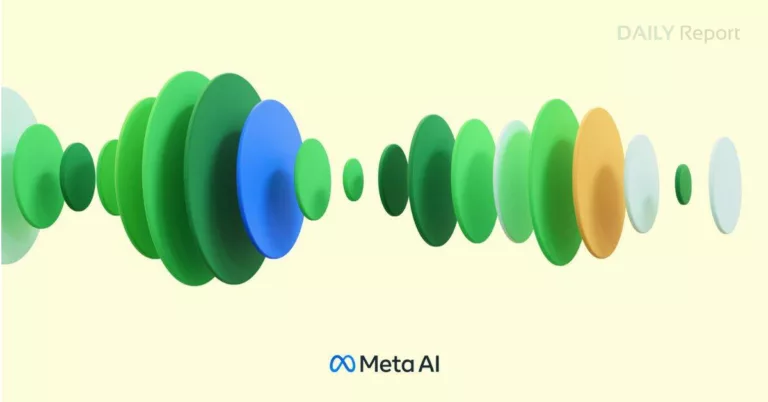The Potential of 3D Printing: Redefining Manufacturing and Prototyping
The world of manufacturing and prototyping has undergone a significant transformation with the advent of 3D printing technology. Also known as additive manufacturing, 3D printing has revolutionized the way products are designed, manufactured, and brought to market. This disruptive technology has opened up endless possibilities, enabling faster production, customization, cost reduction, and the ability to create intricate and complex designs. In this blog, we will explore the potential of 3D printing and how it is reshaping the manufacturing and prototyping landscape.
1. Understanding 3D Printing:
To grasp the potential of 3D printing, it is important to understand its fundamental principles. Unlike traditional subtractive manufacturing processes that involve removing material from a solid block, 3D printing builds objects layer by layer, using materials such as plastic, metal, or even organic compounds. The process starts with a digital 3D model sliced into multiple layers. These layers are then sequentially printed, stacked, and fused together to form the final object. This layer-by-layer approach enables the creation of highly intricate and geometrically complex designs.
2. The Advantages of 3D Printing:
2.1. Design Freedom and Complexity:
One of the most significant advantages of 3D printing is the freedom it offers in design. Traditional manufacturing methods often impose limitations on the design due to manufacturing constraints. However, 3D printing eliminates these restrictions, allowing designers to create complex geometries, intricate details, and organic shapes that were previously unattainable. This design freedom opens up new possibilities in various industries, including aerospace, automotive, healthcare, and fashion.
2.2. Rapid Prototyping:
Traditionally, prototyping involved time-consuming and costly processes. With 3D printing, prototyping has become faster, more efficient, and less expensive. Companies can create functional prototypes within hours or days, enabling rapid iterations and design improvements. This accelerated prototyping process saves both time and money, facilitating faster product development cycles.
2.3. Customization and Personalization:
3D printing enables mass customization by allowing individual customization at the same cost as producing identical objects. This capability has immense potential in industries such as healthcare, where personalized medical devices, prosthetics, and implants can be tailored to each patient’s specific needs. Customization also extends to consumer products, jewelry, and fashion, where unique designs can be easily realized.
2.4. Supply Chain Optimization:
3D printing has the potential to redefine supply chains by enabling decentralized production. Instead of shipping products from distant manufacturing facilities, 3D printers can be placed closer to the point of consumption, reducing transportation costs, energy consumption, and carbon emissions. Additionally, on-demand production eliminates the need for large inventories, reducing the risk of overstocking or obsolescence.
3. Applications of 3D Printing:
3.1. Healthcare:
The healthcare industry has witnessed significant advancements through 3D printing. Customized prosthetics, patient-specific surgical guides, and even 3D-printed organs and tissues are becoming a reality. The ability to create patient-specific medical solutions not only improves treatment outcomes but also enhances patient comfort and quality of life.
3.2. Aerospace and Automotive:
In the aerospace and automotive industries, 3D printing allows for the production of lightweight components with complex geometries, leading to improved fuel efficiency and performance. Furthermore, spare parts can be produced on demand, reducing the need for costly and time-consuming inventory management.
3.3. Architecture and Construction:
3D printing has the potential to revolutionize the construction industry by enabling the creation of complex architectural structures with less waste and reduced construction time. Large-scale 3D printers can fabricate building components, such
as walls and facades, using various materials, including concrete and composite materials.
3.4. Education and Research:
3D printing is transforming education by providing hands-on learning opportunities. Students can bring their designs to life, fostering creativity, problem-solving, and a deeper understanding of concepts. In research, 3D printing aids in the development of prototypes, experimental models, and specialized equipment, pushing the boundaries of scientific exploration.
4. Challenges and Future Outlook:
While 3D printing holds immense promise, it is not without its challenges. Cost and speed limitations, material availability, quality control, and intellectual property concerns are some of the obstacles that need to be addressed. However, ongoing advancements in technology and materials are steadily overcoming these challenges.
Looking ahead, the future of 3D printing appears promising. The technology will continue to evolve, leading to faster, more precise, and more affordable printers. New materials with enhanced properties will expand the range of applications, and increased collaboration between industries, researchers, and designers will foster innovation. As the adoption of 3D printing grows, it has the potential to disrupt traditional manufacturing practices and usher in a new era of decentralized, sustainable, and highly customizable production.
Conclusion:
3D printing is transforming the manufacturing and prototyping landscape by offering unprecedented design freedom, rapid prototyping, customization, and supply chain optimization. The technology is finding applications in healthcare, aerospace, automotive, architecture, education, and research. While challenges remain, ongoing advancements and growing adoption are poised to overcome these obstacles. With its potential to redefine traditional manufacturing practices, 3D printing promises a future of innovation, personalization, and sustainable production. As we witness the ongoing advancements and creative applications of this disruptive technology, it is clear that 3D printing is reshaping the world of manufacturing and prototyping.







